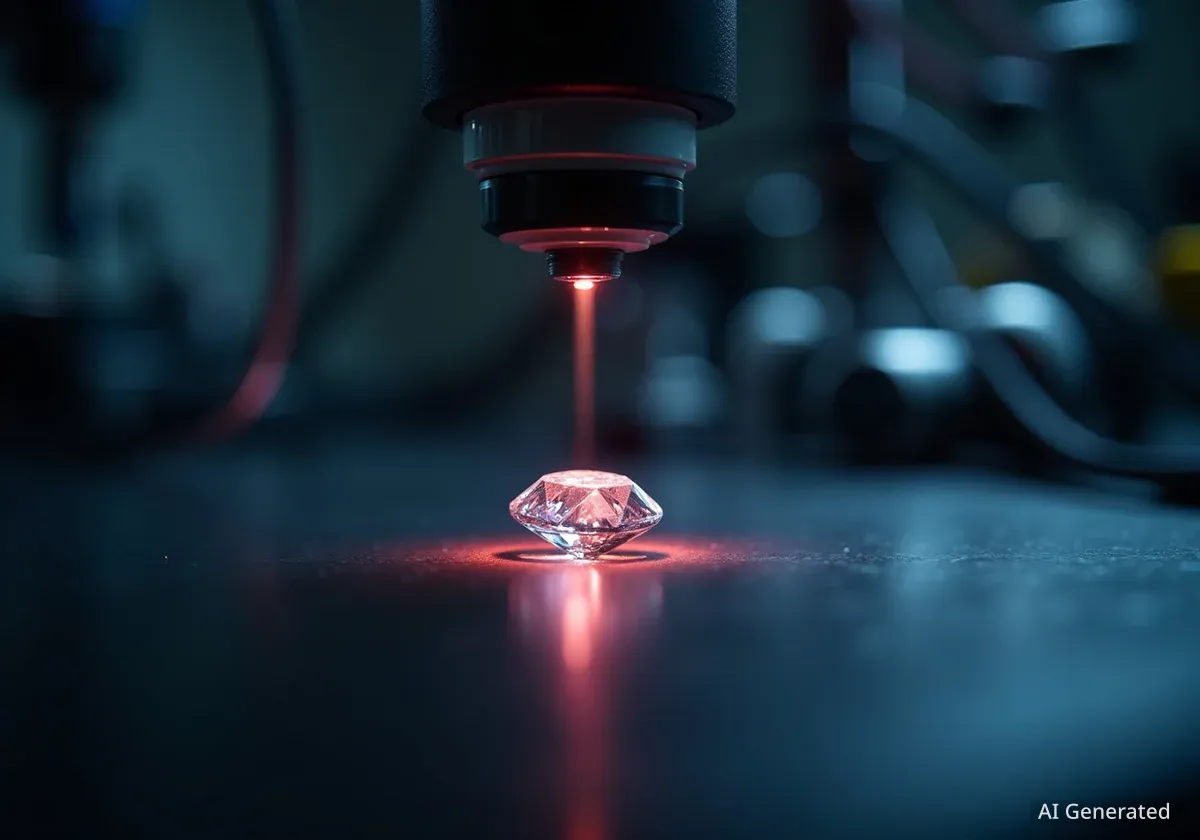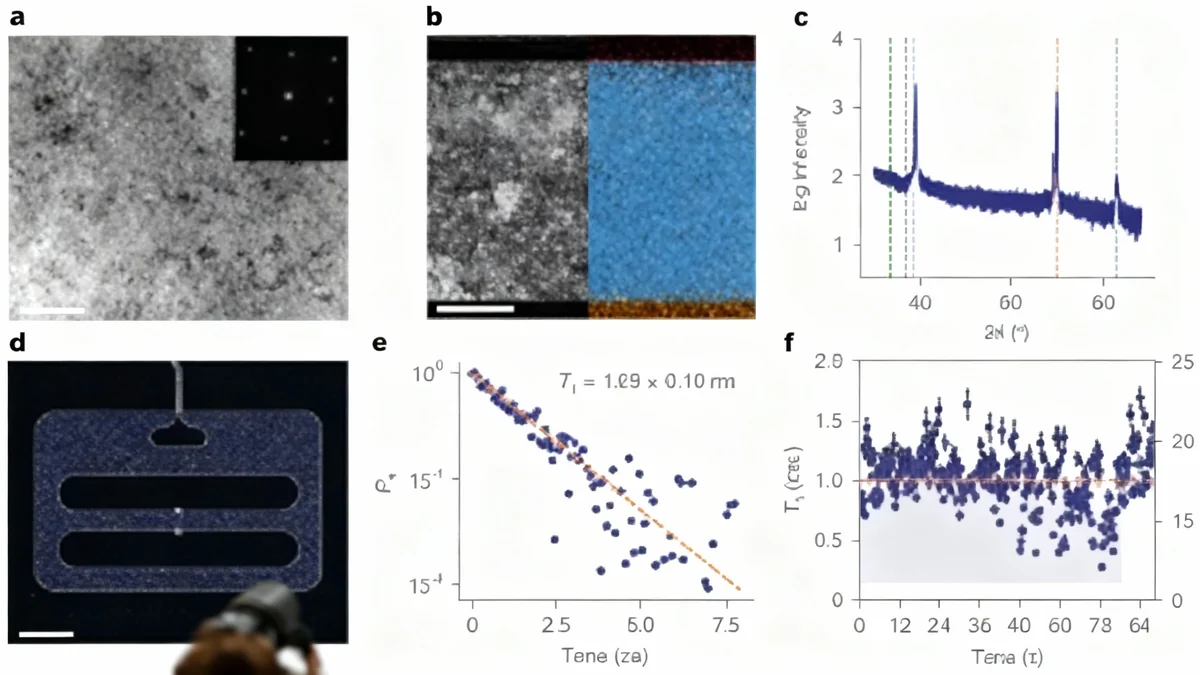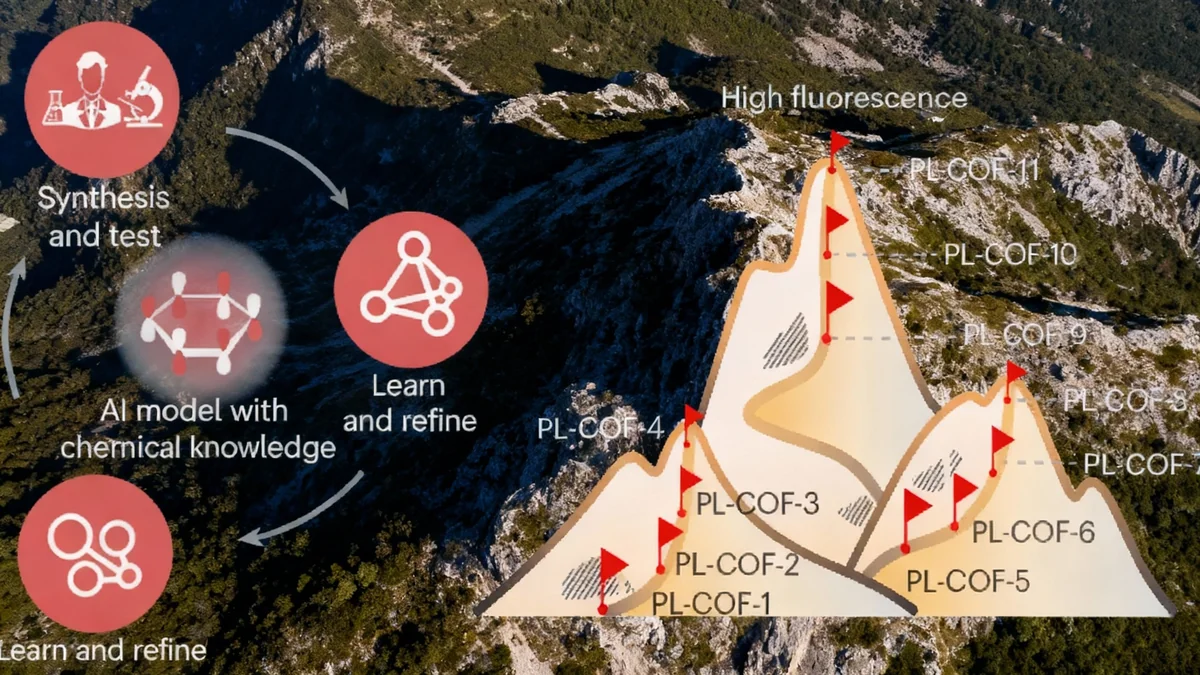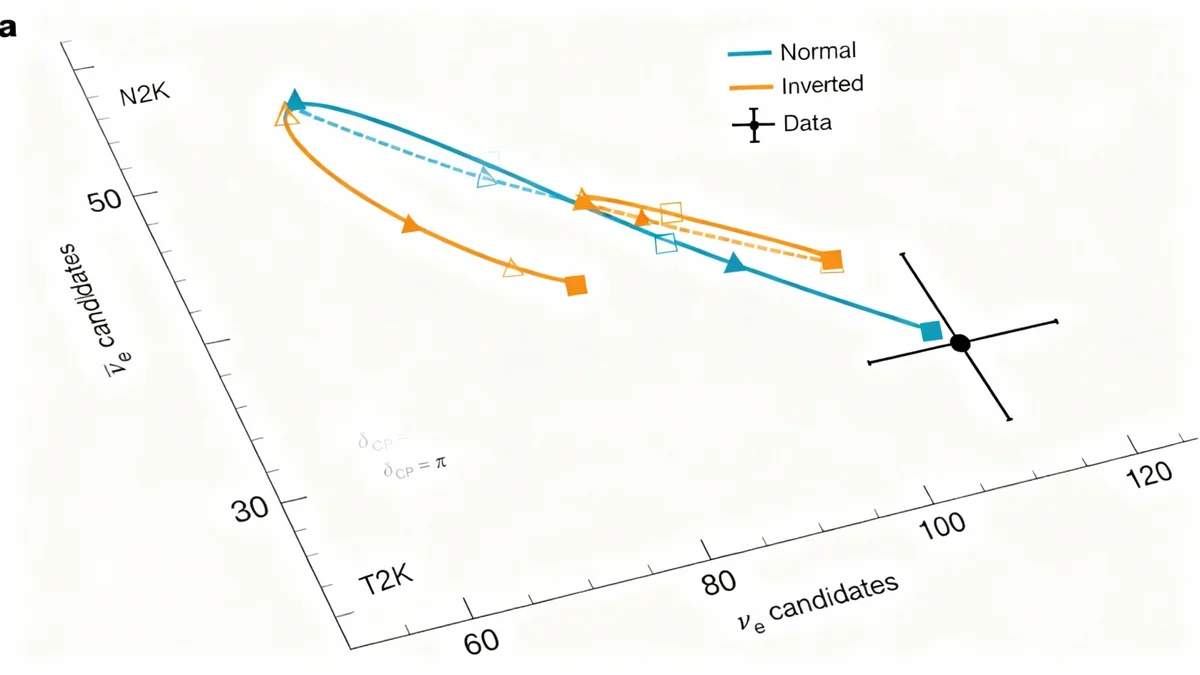Researchers have successfully demonstrated spin squeezing in a solid-state material for the first time, a significant advance in the field of quantum metrology. The experiment, conducted using nitrogen-vacancy centers in diamond at room temperature, creates a form of controlled quantum entanglement that can significantly enhance the precision of sensors.
This achievement, detailed in the journal Nature, overcomes long-standing challenges related to controlling quantum systems in solid materials and opens new possibilities for developing highly sensitive measurement devices for applications in medicine, physics, and navigation.
Key Takeaways
- Scientists achieved spin squeezing in an ensemble of nitrogen-vacancy (NV) centers within a diamond.
- This marks the first successful demonstration of such quantum entanglement in a solid-state spin system at room temperature.
- The technique reduces quantum noise by -0.50 dB, surpassing the standard quantum limit for measurement precision.
- The breakthrough could lead to the development of more powerful quantum sensors for various technological fields.
A Milestone for Quantum Sensing
Quantum sensors operate by measuring tiny changes in their environment, but their precision is fundamentally limited by quantum mechanics. This baseline level of uncertainty is known as the standard quantum limit, or quantum projection noise. For years, scientists have theorized that using a quantum phenomenon called entanglement could allow sensors to overcome this limit.
One powerful form of metrologically useful entanglement is known as a "spin-squeezed state." In simple terms, this involves manipulating a group of quantum spins so that the uncertainty in one measurement direction is reduced, or "squeezed," at the expense of increased uncertainty in another direction. This allows for measurements with a signal-to-noise ratio better than what is possible with uncorrelated, independent spins.
While spin squeezing has been achieved in other systems like atomic gases and trapped ions, demonstrating it in a solid-state material has been a major goal. Solid-state systems, like diamond, are more practical for building robust, real-world devices.
What Are Nitrogen-Vacancy Centers?
A nitrogen-vacancy (NV) center is a specific type of defect in a diamond's crystal lattice. It occurs when a nitrogen atom replaces a carbon atom, and an adjacent position in the lattice is empty. This combination creates a quantum system with a spin that can be manipulated with lasers and microwaves, making it an excellent candidate for quantum sensing and computing.
Overcoming Solid-State Challenges
Creating and controlling delicate quantum states like spin squeezing in a solid material is extremely difficult. Unlike pristine systems such as atomic gases in a vacuum, solid materials are inherently "messy." The quantum spins are fixed in a crystal lattice, often with random positioning and subject to interactions with other nearby defects and environmental noise.
The research team, led by scientists from Harvard University and the University of California, Santa Barbara, addressed two primary obstacles:
- Measuring Quantum Noise: It is difficult to directly measure the reduction in quantum noise that defines spin squeezing. The team developed an innovative technique called "interaction-enabled noise spectroscopy." This method allowed them to characterize the quantum projection noise indirectly by observing how the system's overall spin polarization evolved over time.
- Positional Disorder: The random placement of NV centers in the diamond lattice limits the effectiveness of the interactions needed to generate squeezing. To solve this, the researchers implemented clever strategies to isolate and use a more orderly sub-group of NV centers, effectively filtering out the disruptive effects of the most disordered spins.
"Our results open the door to entanglement-enhanced metrology using macroscopic ensembles of optically active spins in solids," the authors stated in their paper published in Nature.
The Experimental Process and Results
The experiment was performed on a dense ensemble of NV centers in a diamond sample at room temperature. The researchers used the natural magnetic dipole-dipole interactions between the NV centers to generate the entanglement required for spin squeezing.
First, they prepared the spins in a specific initial state. Then, they allowed the system to evolve, letting the intrinsic interactions between the NV centers create the squeezed state. Finally, they used their new spectroscopy method to measure the variance in the spin orientation.
Key Measurement
The team successfully measured a squeezing of -0.50 ± 0.13 decibels (dB). This value confirms that the noise level was pushed below the standard quantum limit, proving that metrologically useful entanglement was generated within the solid-state system.
This result is significant because it was achieved using the native interactions within the material itself, rather than requiring complex external fields to force the entanglement. This approach is more scalable and robust for creating practical devices.
Future Applications and Implications
The ability to generate spin squeezing in a solid-state platform like diamond has far-reaching implications. Diamond-based quantum sensors are already being developed for a wide range of applications due to their stability and ability to operate under ambient conditions.
By incorporating entanglement-enhanced techniques, the sensitivity of these sensors could be dramatically improved. Potential applications include:
- Medical Diagnostics: More sensitive magnetic resonance imaging (MRI) at the single-cell level.
- Navigation: Creating gyroscopes and accelerometers that do not rely on GPS.
- Fundamental Physics: Searching for new particles or probing the properties of materials at the nanoscale.
This work represents a fundamental step toward harnessing the full power of quantum mechanics in practical, solid-state devices. It bridges the gap between theoretical possibilities and experimental reality, paving the way for a new generation of sensors with unprecedented precision.





